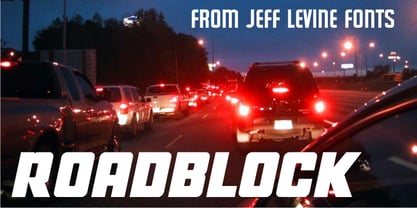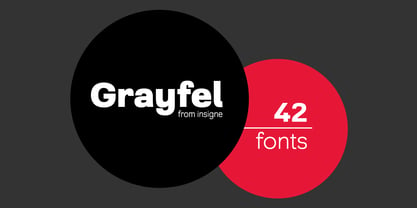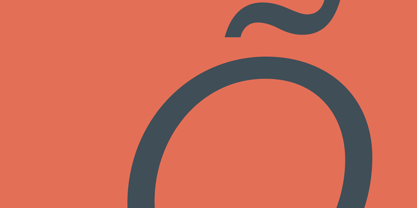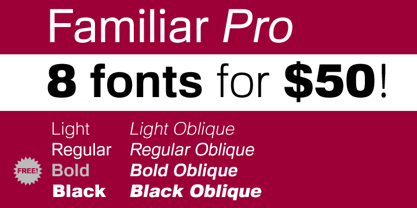5,614 search results
(0.091 seconds)
- Used Cars JNL by Jeff Levine,
$29.00 - Weekly Bazaar NF by Nick's Fonts,
$10.00 - Roadblock JNL by Jeff Levine,
$29.00 - Linem Up JNL by Jeff Levine,
$29.00 - Nightspot JNL by Jeff Levine,
$29.00 - Lens Grotesk by Typedepot,
$39.99 - Grayfel by insigne,
$- - Body by Zetafonts,
$39.00 - Neuzeit Office by Linotype,
$50.99 - Familiar Pro by CheapProFonts,
$- - Nasalization Free is an intriguing typeface designed by the prolific Canadian type designer Ray Larabie. It belongs to a category of fonts inspired by the mid-20th-century fascination with space expl...
- Remachine Script Personal Use - Personal use only
- BILLY ARGEL FONT - Personal use only
- Uptown Elegance - Personal use only
- Janda Spring Doodles - Personal use only
- Zuben - Personal use only
- Comistain - Personal use only
- Button T. - Personal use only
- Jolly - Personal use only
- MB TyranT - Personal use only
- Quake Cyr - Unknown license
- Tattoo Sailor - Personal use only
- Janda Snickerdoodle Serif - Personal use only
- Metal as in Heavy - Unknown license
- Just Me Again Down Here - Personal use only
- Pea Mystie - Personal use only
- Pea Lyndal - Unknown license
- Pea Friend - Unknown license
- Pea Superamy - Unknown license
- Pea Protani - Unknown license
- Pea Kristin - Unknown license
- Pea Marcie - Unknown license
- Pea Monica - Unknown license
- Pea Steph - Unknown license
- Pea Jane - Personal use only
- Pea Kareen - Unknown license
- Pea Tangee - Unknown license
- Pea Jamie - Unknown license
- Pea Gretchie - Unknown license
- Pea Melanie - Unknown license



































